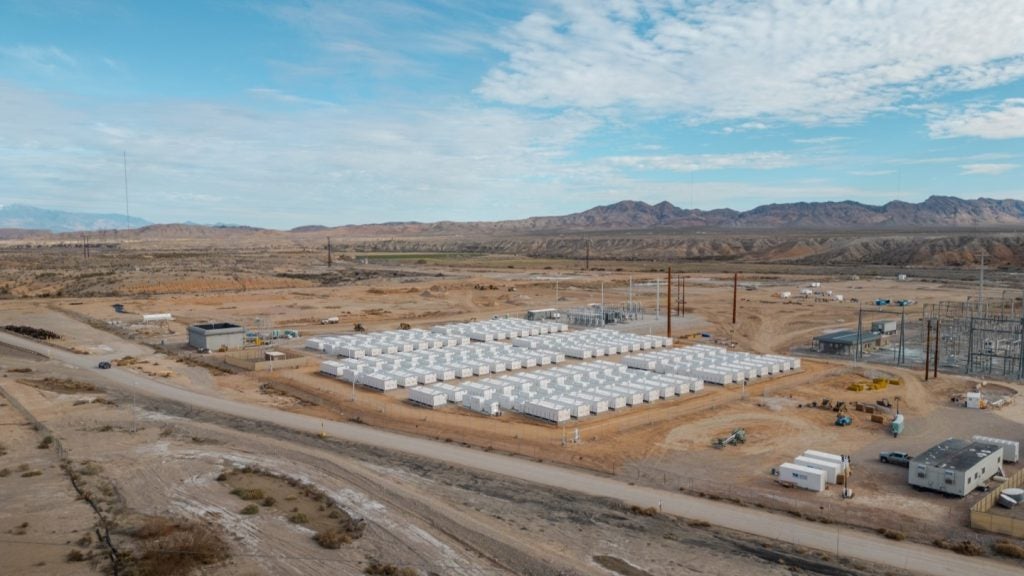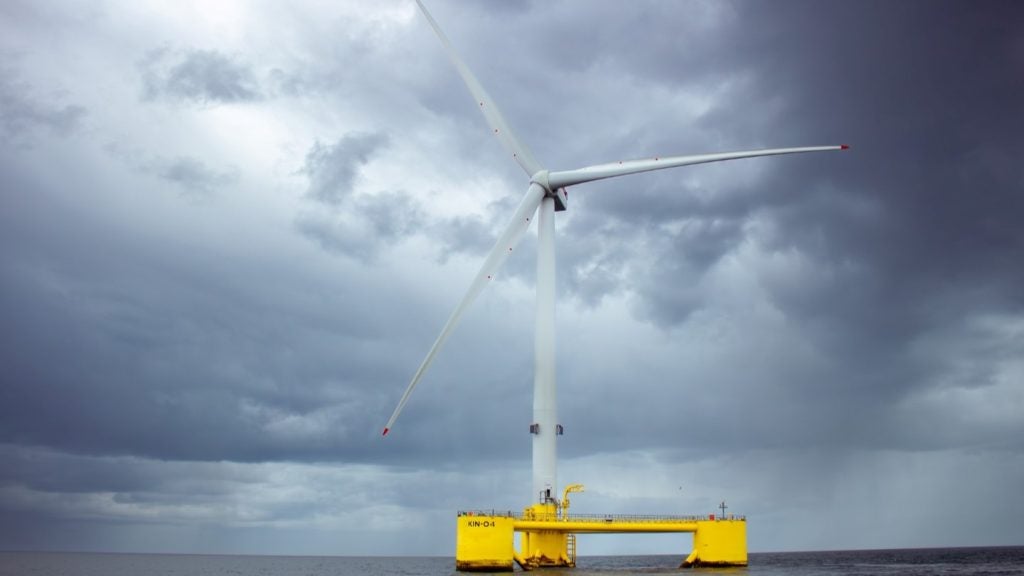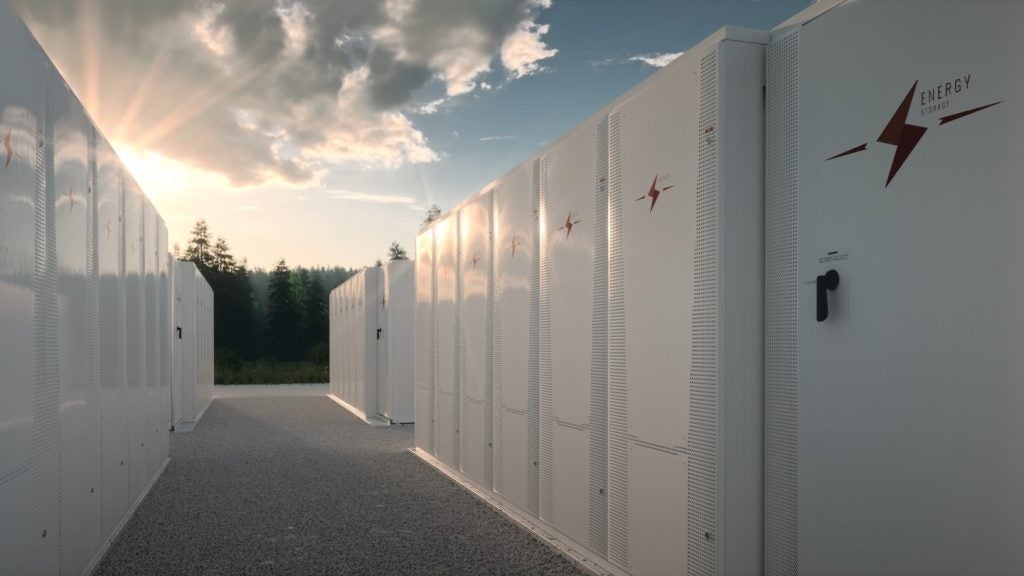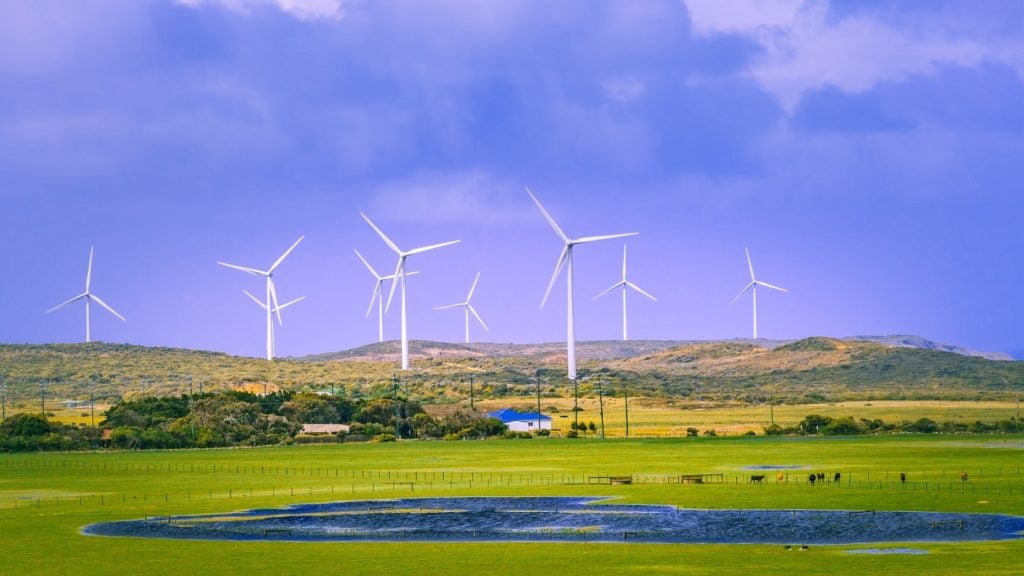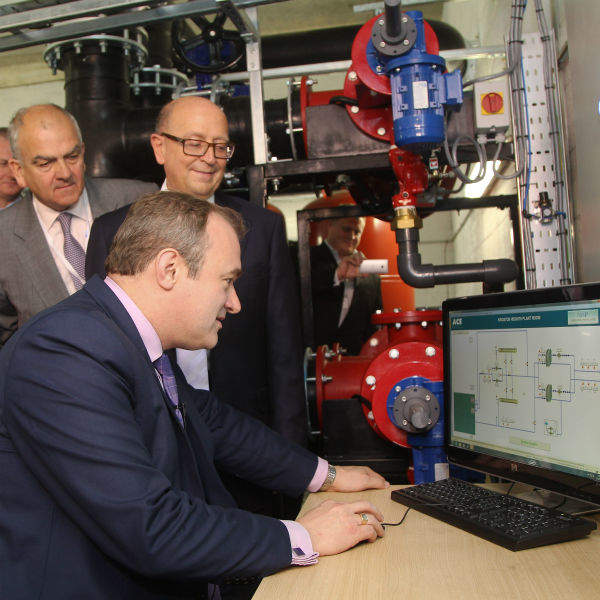

Mike Spenser-Morris is a property developer and established the NHP Group of companies in 1992. He is director of the Zero Carbon Partnership, an umbrella organisation that comprises specialist professionals, suppliers and contractors brought together to work on the Kingston Heights project and to advise future adopters of the open water heat pump system.
Julian Turner: Please describe the evolution of the Kingston Heights development project.
Mike Spenser-Morris: My development company, NHP Leisure Developments, acquired the former Kingston Power Station [Kingston Heights] site in 1999 from Powergen [now E.ON], which had applied for planning permission to build a residential and hotel scheme there.
We signed an agreement with SEEBOARD that enabled us to enclose the substation within a heavy concrete and steel ‘box’ and subsequently create a peripheral development around the site that would provide 137 flats and a four-star, 142-bedroom hotel and conference centre.
This was a monumental civil engineering challenge and having today completed the project nobody is aware that the electricity substation even exists.
See Also:
JT: Why was the decision taken to install open water heat pump technology at the site?
MSM: I knew that heat pumps were the most efficient way of producing thermal energy and it occurred to me that there was plenty of water in the Thames that was easily accessible. However, nobody had previously installed an open water heat pump system anywhere in the UK or Europe that used open water as its primary energy source to provide all the heating, hot water and cooling for a large scale development.
How well do you really know your competitors?
Access the most comprehensive Company Profiles on the market, powered by GlobalData. Save hours of research. Gain competitive edge.

Thank you!
Your download email will arrive shortly
Not ready to buy yet? Download a free sample
We are confident about the unique quality of our Company Profiles. However, we want you to make the most beneficial decision for your business, so we offer a free sample that you can download by submitting the below form
By GlobalDataI finally found an example of an open water heat pump system that had been installed on the island of Nakanoshima in Osaka, Japan. With Mitsubishi’s assistance we travelled to Osaka to meet the engineers who had conceived, installed and run it since 2004 in order to establish its effectiveness and reliability. We returned to the UK with the information necessary to persuade the ‘doubters’ that this was a system we should be progressing with.
JT: Please explain how open water heat pumps work.
MSM: Water is abstracted from the river having been passed through by technologically advanced stainless steel filter that ensures that no marine life can enter the system. The abstraction filters are fitted with an automated backwash system that is able to ‘blow away’ any detritus from the filter’s mesh in order to ensure that an optimum flow is maintained at all times.
That water is then passed through a second, even finer filtration process, to get rid of any silt before being fed through the heat exchangers. An internal closed loop system then transfers the captured thermal energy to an internal plant room in the Kingston Heights development about 200m away.
Having passed through the heat exchanger the river water is immediately transferred, untreated in any way, back to the river. It may be slightly cooler – say 7-9°C degrees compared with 8-10°C, a nominal difference – but is instantly assimilated into the main body of water and returns to ambient temperature almost immediately. We have an agreement with the EA that any water returned to the river from the closed loop system within the development will be no more or less than plus or minus 3°C.
The circulation pipes linked to combustion-based heating systems have to be heavily insulated in an attempt to prevent heat losses while the hot water is being distributed, but in the case of the open water heat pump system that circulates low-grade heat, the ground itself acts as the insulator. During the summer, when the ground is warmer, the water may even pick up energy as it flows from one point to another.
JT: What advantages does the technology offer compared with other forms of energy generation?
MSM: Water’s ability to retain heat is far greater than the air, which heats up and cools down very quickly, so open water is probably the only source of thermal energy that is scalable to a virtually unlimited degree. Any open body of water, whether we are talking about the River Thames, the sea or any reasonably significant stream, canal or lake, holds substantial amounts of solar energy all the time and it is the constant availability of this resource that is most exciting.
Julian Turner reports on the campaign to incentivise wind energy and asks why the UK taxpayer continues to subsidise onshore wind to the tune of £1.2bn a year.
For example, the water temperature 2m below the surface of the Thames at Kingston remains consistently at 8-10°C all year round. The Environment Agency (EA) has taken regular temperature readings at Teddington Lock, and in the last 25 years those readings have never dropped below 7 °C.
The heat pump system is therefore available 24 hours a day, 365 days a year. Regardless of external air temperature, the solar energy can be extracted and transferred to the internal, closed-loop system at any time of the day or night. The system at Kingston Heights is also designed to recycle heat rejected by the hotel’s cooling system to provide energy for its own domestic hot water supply and, if that is fully satisfied, to divert it into the closed loop around the 137 residential flats to support the residents’ water and/or heating system.
So, once the energy has been extracted from the river, it is retained and recycled to maximise the system’s energy efficiency. We are predicting a coefficient of performance (COP) of between 4 and 6 plus, and in the process will completely eradicate all of the estimated 500+ tons of carbon emissions that we would be pumping out each year if we carried out the original plan of a CHP/biomass boiler system.
JT: Are you confident that a system of government subsidies will reduce the pump system’s £2.5 million price tag sufficiently to make the technology commercially viable on a large scale?
MSM: It’s very difficult to be precise when it comes to the cost of installing the system – each one will be different. However, it should be possible to install the system for the same sort of money as combustion-based technology and with the support of the government’s renewable heat incentive, it should be commercially viable.
But the bottom line here is that if you asked me today if I would advise other people to do this, then from a technical, commercial and environmental standpoint my answer would unequivocally be ‘yes’.
We anticipate that the benefits that will accrue to the residents in the Kingston Heights development and the hotel owner will be significant in terms of reducing energy bills, which is of fundamental importance today, plus it is very difficult in today’s world to argue against increased energy efficiency and eliminating carbon emissions.
JT: How will open water heat pump plants impact on infrastructure and the environment?
MSM: Every open water heat pump installation will be different, but a prerequistite is that there must be a plant room in fairly close proximity to the body of water. There will undoubtedly be issues related to how to get from point A to point B across public parks and roads, or even underneath buildings.
This is one of various vital matters that are being discussed within the Department of Energy and Climate Change (DECC) with the ongoing support of Ed Davey, Secretary of State for Energy and Climate Change. Mr Davey has been aware of the Kingston installation for a long time and very helpful in securing rapid decisions and approvals.
Mr Davey and senior advisors at DECC are aware that in order for this technology to be adopted nationwide, local authorities, working with the Department of Communities and Local Government (DCLG), the EA and water companies, must be made aware of the benefits of having this system installed as a priority, and of the need for them to cooperate rather than present obstacles.
JT: What stage is the Kingston Heights project at now and is the UK Government’s target of 4.5 million pumps across Britain realistic?
MSM: The first 56 affordable housing occupiers are moving into Kingston Heights this month [April] and will be taking advantage of the open water heat pump system; the 81 private apartments will be handed over in phases from the start of May to the end of July.
The hotel fitting out will likely continue until mid-2015, at which time the cooling demand will come on-stream and the system’s energy-efficiency will be optimised. We then expect to demonstrate the exceptional COP of 6 + using a monitoring process carried out by ourselves and DECC.
Follow Julian Turner on Google+


.gif)

